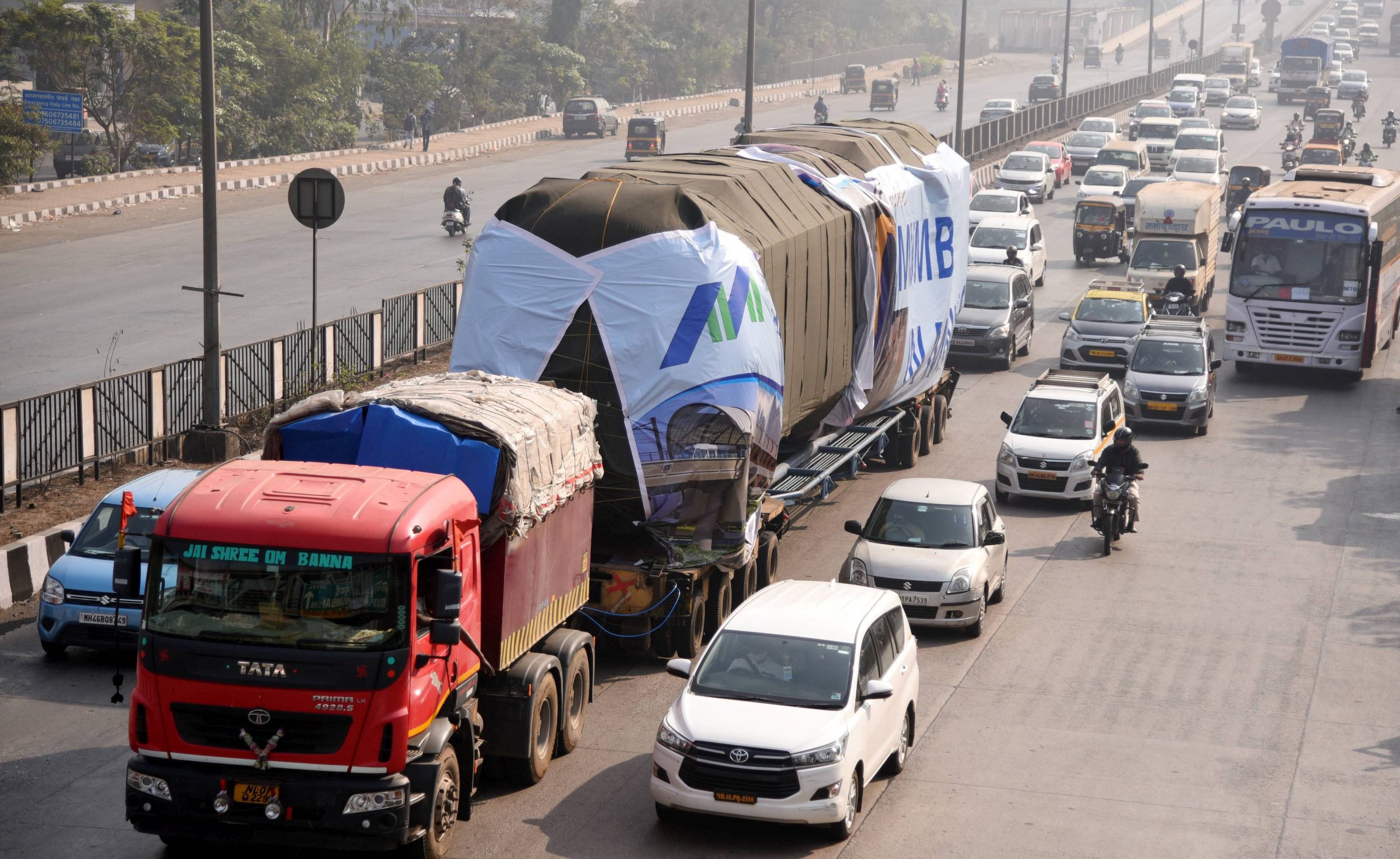In 2019, India leapfrogged Germany to become the fourth largest automobile market, with about 3.99 million units being sold in passenger and commercial vehicles categories. And by 2021, India expects to replace Japan as the third-largest auto market. Having endured and negotiated the obstacles put in the way by the coronavirus pandemic, the Indian auto sector is looking at 2021 with caution. It hopes to put up a better performance in the post-COVID-19 world. However, a lot will depend on how the economy grows after having gone through a rough patch.
Already put up against the wall by an unprecedented slowdown before the coronavirus pandemic, the Indian auto industry was tested severely when the nationwide lockdown was implemented.
In the period from April to June this year, passenger vehicle sales in India dropped by 78.43%, hit by the pandemic. This resulted in its decline for the ninth straight quarter, making it the longest slowdown in two decades.
According to media reports, the auto industry suffered losses of more than Rs. 2,300 crore in turnover for every single day of closure due to the lockdown.
To overcome the unprecedented challenge, the auto sector turned to digitisation to keep the factories running under COVID-19 SOPs. It also concentrated on financial health by reducing costs and generating free cash flows.
Also Read | Understanding the Union Budget before the government presents this year’s numbers
The lockdown also impacted India’s transition to BS-VI emission norm from April 1.
The increase in demand for personal mobility and the gradual opening up of economic activities provided the industry with much-needed momentum and is now showing signs of recovery.
The Indian automobile industry published in November 2020, showed that the production of the domestic automobile increased at 2.36% compound annual growth rate (CAGR) between FY16-20 with 26.36 million vehicles being manufactured in the country in FY20. Overall sales between FY16-FY20 increased by 1.29% CAGR, with 21.55 million vehicles sold in FY2020.
Also Read | Budget 2021: Experts seek incentives for organic farming, agri startups
Two-wheelers and passenger cars accounted for 80.8% and 12.9% market share, respectively, which resulted in the sale of over 20.1 million vehicles in FY20.
Society of Indian Automobile Manufacturers, in its report, said that passenger vehicle sales increased by 26.45% to 2,72,027 units in September 2020 as compared to 2,15,124 recorded in September 2019. Whereas the automotive exports, increasing at a CAGR of 6.94%, touched 4.77 million vehicles in FY20.
Also Read | What are the 3 kinds of government budgets?
The automobile industry that has a mountain to climb in 2021is expected to be supported by various factors: availability of skilled labour at low cost, robust R&D centres among others. The industry is also expected to provide great opportunities for investment. The report also stated that the Indian auto sector is expected to reach Rs. 16.16-18.18 trillion (US$ 251.4-282.8 billion) by 2026.
In the Union Budget 2021-22, the auto sector expects relief in multiple areas including direct and indirect taxation. Keeping this in mind, media reports suggest that the sector would expect the Centre to include reduction of GST rates on vehicles to better the disposable income of the salaried class.
Also read | GDP, Fiscal deficit, Capital Budget: Terms you need to know before Budget 2021
The Indian automobile industry has always played the role of a major contributor to India’s GDP.
Having said that, Budget 2021 is hopeful of a good performance, pushing the Indian economy to revive India’s V-shaped recovery.






